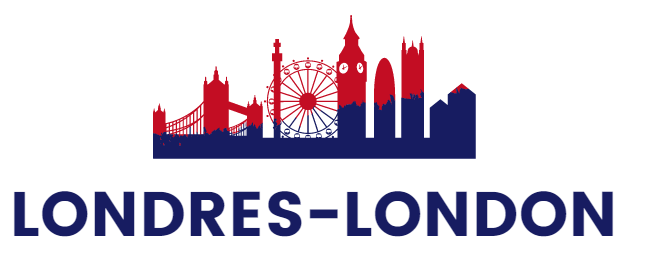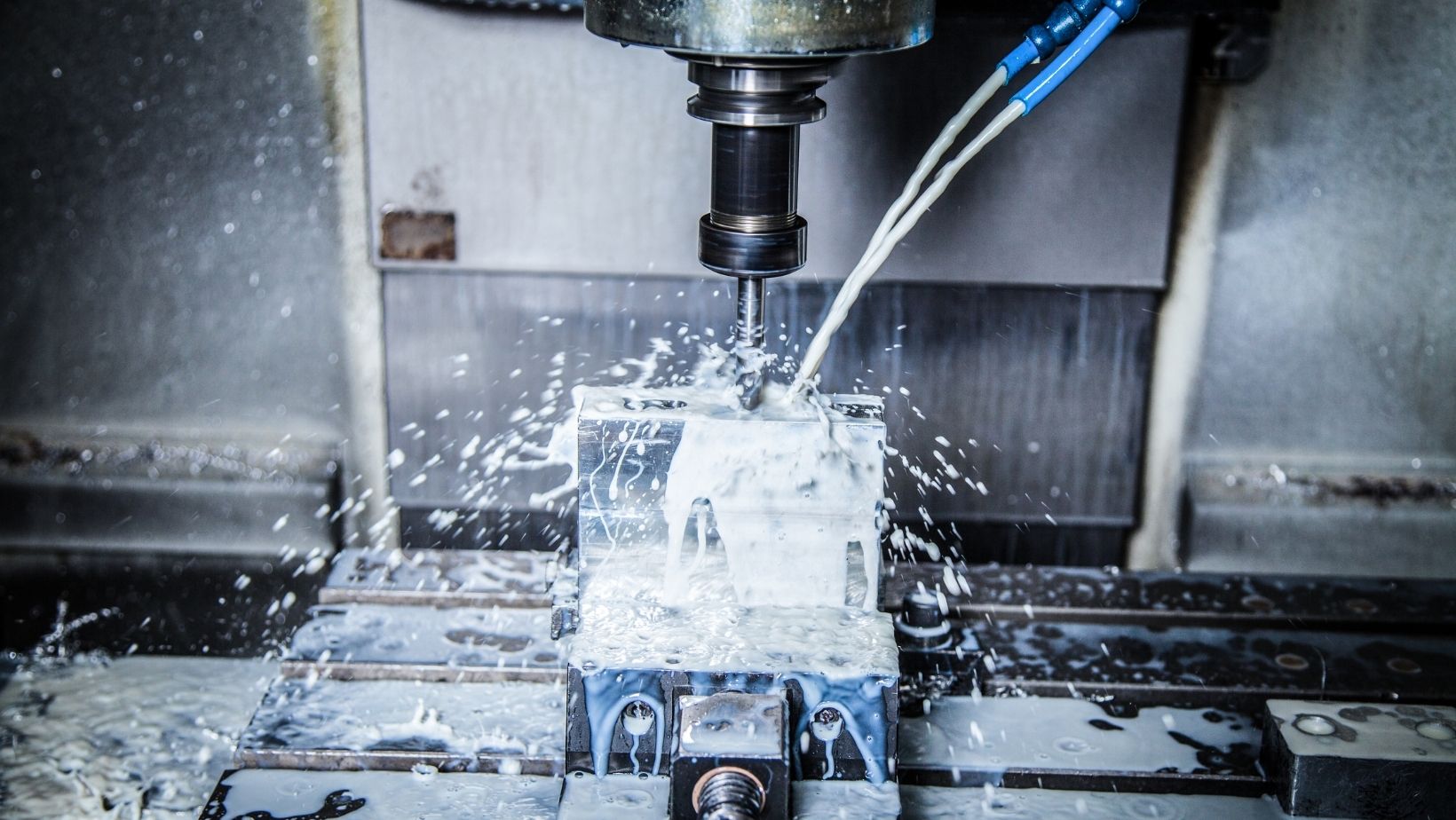The longevity of the component's performance strongly relies on the surface finish of the materials. Although metals like aluminum and stainless steel provide a considerable surface luster without surface finishing, the components deteriorate far more quickly.
The fact remains true for CNC machined components as well. Therefore, surface finish is an essential part of the CNC manufacturing process. The surface finish is nothing but a polishing or sealing on the outer surface, preventing the metal from wearing.
There are numerous types of surface finishings available for CNC machined parts. Here is an overview of the most common finishing applied in the CNC machining industries. However, if you want to know more about these surface finishing methods, you can visit the ddprototype's page.
Standard Surface Finishing Services Available in Market
Anodizing
Anodizing is the most common type of surface finishing used in all industries. The process involves dipping the piece into an electrolytic bath. A block of aluminum serves as the anode as it has a positive charge while the component is given a negative charge.
As the current flows, the metallic ions from the anode migrate and deposit on the piece, i.e., the cathode. It provides a durable, lustrous, and anti-corrosive anodic oxide finish to the component.
Electroplating
Like anodizing, electroplating is another electrochemical process that coats a metallic layer on the piece dipped in an electrolytic bath. The metal to be covered is given a positive charge, i.e., the anode, and the part or the component which requires coating is a cathode with negative charge.
The primary difference between anodizing and electroplating is that anodizing increases the thickness of the natural oxide layer on the metal's surface. In comparison, electroplating coats one metal on the piece to increase its corrosion resistance.
Electropolishing
Unlike the methods explained above, electropolishing doesn't deposit one metal onto the other. However, it removes the thin layer from the metal's surface, leaving a smooth luster. The common electrolytes used in electropolishing are concentrated acids like Sulfuric, phosphoric, and perchloric acids.
Passivation
Passivation is a method that is used for treating stainless steel surfaces. The process uses nitric acid to remove the ferrous molecules from the metal's surface. Since corrosion is primarily a characteristic of ferrous materials, their removal increases the anti-rusting capacity of stainless steel.
The method was invented in the 1800s, and there are three categories, nitric acid, nitric acid combined with sodium dichromate, and citric acid passivation.
Brushing
Brushing is a distinctive type of metal surface finishing. The surface is rubbed with various kinds of brushes to improve the surface luster and quality. These brushes are coated with adhesive materials that seal the metal's outer shell, making it durable.
Sandblasting
It is an abrasive metal finishing in which the target component or pieces is blasted with a high-pressure stream of abrasive metals. Sandblasting can create numerous surface textures, like smoothing a rougher surface, roughing a smooth surface, or removing contaminants from the metal’s surface.
Powder Coating
Unlike conventional painting methods, powder coating uses dry powders or polymer resins. The fine granules of the powdered material are deposited on a piece electrostatically. Once the desired thickness of the layers is achieved, the component is cured under UV light or heat.
The Bottom Line
Surface finish is a crucial step in CNC manufacturing industries. Without a protective layer, metal develops rust and deteriorates quickly. There are different types of surface finishing techniques available. However, industrialists pick a method according to the required strength and budget.
Moreover, it is essential to note that no surface finishing technique is universal. One must consider the use case, the metal hardness, aesthetics, and costs.


